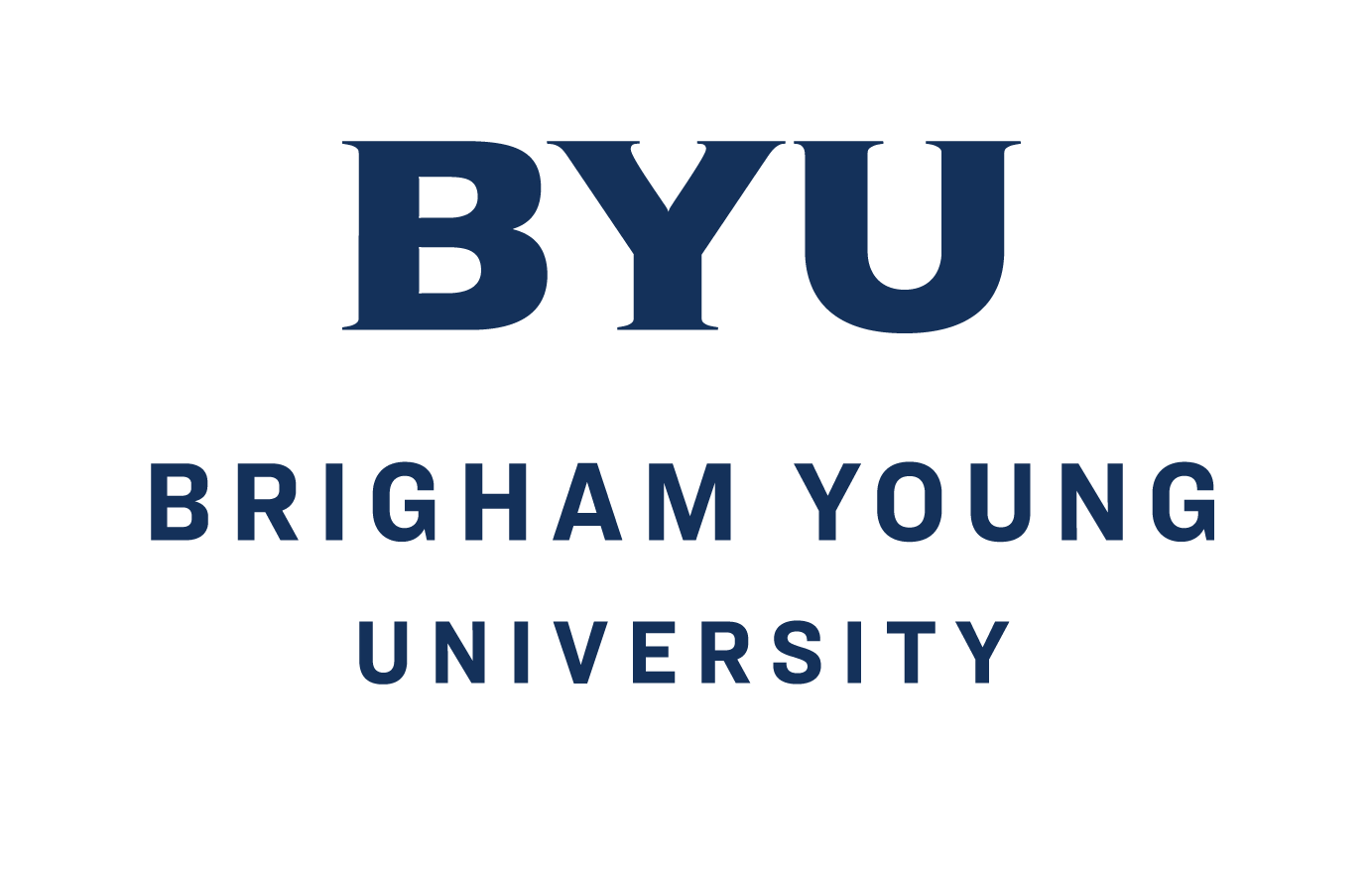While Brigham Young University’s basketball team was winding down its winning season, BYU’s Model United Nations delegation won the highest awards possible for the fourth straight year at the National Model United Nations in New York last week.
BYU’s 38 students represented Mexico and the Democratic Republic of the Congo on 20 committees, garnering “outstanding delegation” awards as well as awards for best “position papers” and individual recognition of BYU students on at least four committees.
“It may not be exciting as March Madness, but we certainly performed at the highest level possible,” said Middoni Ramos, a senior majoring in manufacturing engineering from Mexico City and one of BYU’s head delegates.
Students interested in participating in next year’s Model UN course areencouraged to attend an information session, "Becoming BYU’s Next TopDiplomat," on Tuesday, April 15, in 238 Herald R. Clark Building at 6p.m. New York-style pizza will be served and delegates from BYU’s 2008team will answer questions, show winning policy papers and resolutionsand display photos/video from their experience.
More than 2,200 university students from throughout the world gathered in New York at the General Assembly hall last Tuesday to hear United Nations Secretary General Ban Ki-Moon address the conference. After that, students headed back to the Sheraton New York hotel where they spent hundreds of hours discussing the role of private military contractors in conflicts, how to combat the spread of illicit drugs and the impact of foreign direct investment in development strategies.
“BYU achieved these awards through hard work, consensus-building and diplomatic skills,” said Jana Kopeinig, a senior majoring in international relations who also served as BYU’s head delegate. “Our students were faced with an enormous challenge: a committee room with hundreds of people they have never met from all over the world, and by the end of the week they had to find policy solutions, facilitate discussion, draft resolutions and obtain the support to pass a vote.”
Kopeinig participated at the national Model UN conference as a student two years ago and as a staff director last year. “Our team worked very, very hard this year, with long hours and tense negotiations. But they came through.”
The Model UN program at BYU faced another obstacle. Unlike many top programs, BYU selects an entirely new group of students each year, rather than simply returning with the same seasoned delegates.
“Our aim is to develop leadership skills and allow as many students as possible to experience the world of diplomacy and international affairs,” pointed out Cory Leonard, assistant director at the David M. Kennedy Center for International Studies and MUN program advisor. “Some students will have a career in diplomacy and for them, this is a watershed experience. But for the others, they develop skills and perspectives to help them in their academic, professional and family life.”
Students register for IAS 351, a fall semester three-hour course sponsored by the David M. Kennedy Center and Continuing Education. They also host a high school Model UN conference each January and apply to be part of the winter semester course. All majors are encouraged to apply. There are no prerequisites aside from an interest in international affairs and a strong work ethic.
For more information about the BYU Model United Nations program or to contact advisors, teaching assistants or delegates, call 801-422-6921, e-mail mun@byu.edu or visit 120 HRCB.
Writer: Lee Simons









